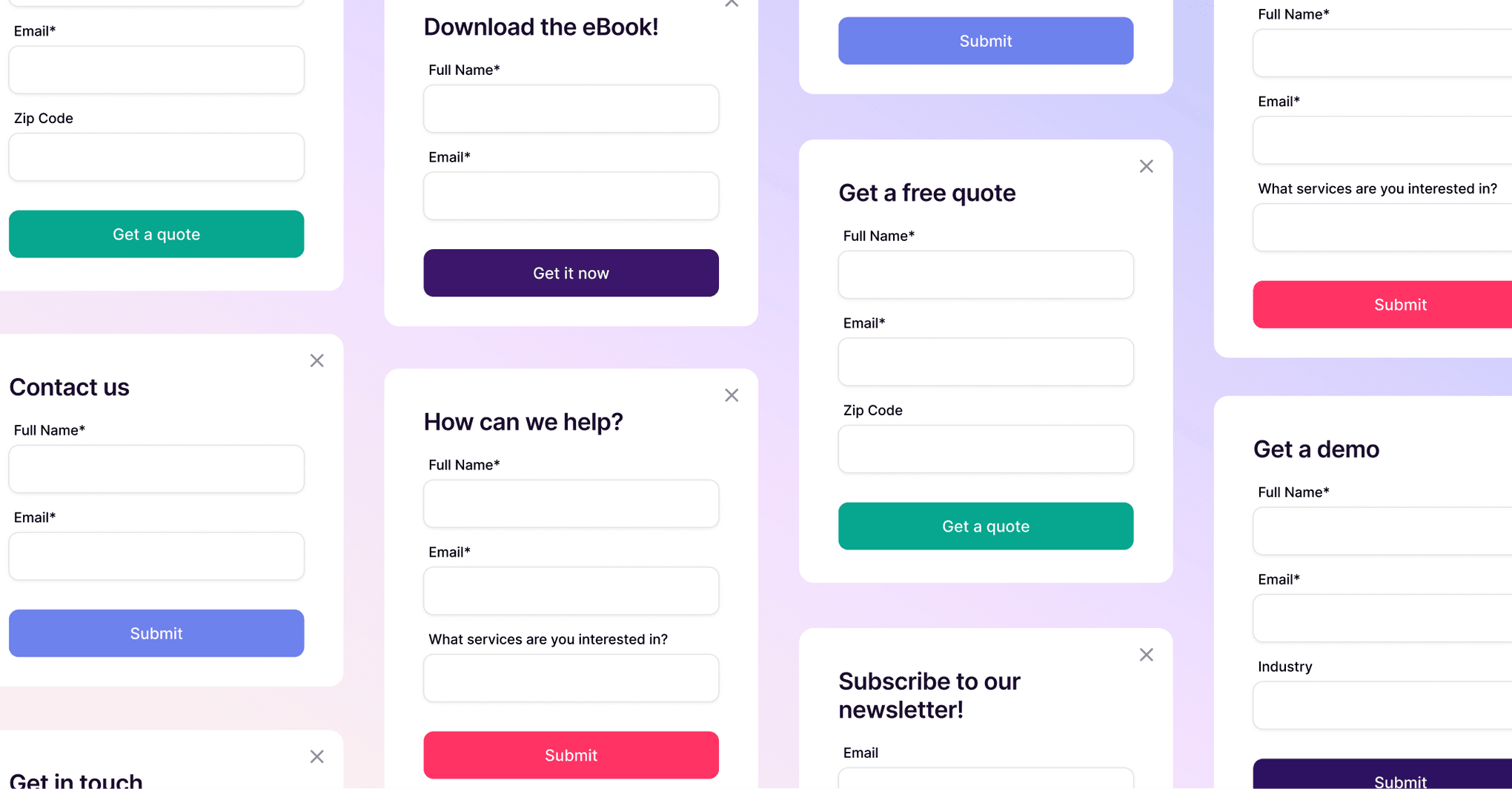Jemicah Marasigan
Content Marketing Manager
You didn’t mean to become a project manager. And yet, here you are, not just running an agency, but managing the people who manage the projects.
Your team handles the tasks. They build timelines, deliver work, and move things forward. But the bigger your agency gets, the more your role shifts. You’re not deep in the weeds: you’re the one making sure nothing gets stuck in them.
You’re managing capacity, unblocking roadblocks, and trying to make sure no one’s burning out or duplicating work. You’re not chasing tasks, you’re ultimately chasing clarity.
Becoming a project manager at this level isn’t about assigning to-dos. It’s about leading with visibility. Keeping everyone aligned. And giving your team the structure they need to do their best work, without micromanaging every detail.
If you’ve ever found yourself googling “how to be a project manager” just to make sense of the chaos you accidentally inherited, you’re not alone.
Here’s the good news: you don’t need a certification or to start saying “scrum” in casual conversation to run your business like a pro.
With smoother handoffs, a few smart automations, and one place where everything actually lives, your team can run with it.
Because when your team’s got the projects handled, you get to do what you’re really here for: lead the business, exercise your creativity, without having to chase updates.
And here’s how you can get started.
1. Reduce your tech stack
You know the drill: one of your team’s tasks lives in an inbox, another in Slack, three reminders are scribbled in a notebook, and that one client just sent a request via Instagram DM (why?!). It’s a mess, and trying to run your business like that? Exhausting.
That’s why step one is giving your team’s work a single home. Somewhere to keep track of your team’s clients, projects, and all the little details in between — without bouncing between six tools just to figure out what’s going on.
This is where investing in a client and project management system can help: one, like Copper.
Copper isn’t your average CRM. It’s a client and project management platform, which means you get the full picture. Instead of relying on memory (or digging through your inbox), use Copper to track every interaction, detail, and decision. You can:
Log call notes and meeting recaps directly in the contact’s profile
Track task history and email conversations
Add custom fields to capture things like project stages, campaign names, or client preferences
And if your team already uses tools like Google Calendar, Slack, or Docs to get things done, there’s no need to change your whole setup. A solid system should work with what you’ve already got — not make you rebuild it from scratch.
Running your business gets way easier when everything, and everyone, is on the same page.
Not only does this help you feel more on top of things, it also improves client relationships. You’ll remember what matters to them — and they’ll notice.
2. Break things down into actual tasks
One of the easiest ways to stall a project is with vague to-dos. If your team’s task lists include things like “Work on website” or “Send something to client,” you’re basically setting your future self up to play project detective.
Project managers are great at breaking big goals into manageable, action-oriented steps. And even if you’re not one, you can absolutely do the same.
Let’s say your team just signed a new retainer client. Great news. Now the onboarding begins — and that means coordinating design, strategy, and account teams to get aligned from day one. Instead of winging it every time, you and your team can create a dedicated onboarding pipeline in Copper or launch a new project using a saved onboarding template.
From there, you and your team can assign out clear tasks like:
Schedule kickoff call
Create welcome package
Set up shared folders
Assign first set of deliverables
Send onboarding email
This kind of breakdown makes it easier to track who’s doing what, spot potential blockers, and move the project forward without anyone asking, “Wait—was I supposed to do that?”
3. Make project scope clear and visible
You might not use the term “scope creep,” but if you’ve ever had a project snowball beyond what was originally agreed on, you know exactly what it is. A logo design turns into a full rebrand. A one-time strategy session becomes six months of ongoing support—with no added fee.
The fix? Clarity upfront.
Even if you’re not writing out full statements of work, you and your team should define:
What the client is getting
What timelines you’re working with
What happens if priorities shift
It’s not about being rigid. It’s about protecting your time and keeping clients aligned.
4. Communicate proactively (and on schedule)
You don’t need weekly stand-ups or hour-long check-ins to keep things running smoothly. What you do need is a consistent rhythm for communication: something predictable that keeps your team aligned and your clients in the loop.
Start by thinking about what each person actually needs to know and when. Then commit to a simple cadence. That might look like:
Monday check-ins to review priorities for the week
Mid-week client updates via email on project status
End-of-week internal reviews on progress and blockers
This doesn’t have to be overly formal, but it does need to be consistent. The more reliable your updates, the less your clients will feel the need to nudge you.
A good CRM can be a huge help here. With Copper, you can log internal notes, attach files, and view the full communication history for each contact or company, all in one place. No more digging through inboxes or scrolling back through Slack to remember what was said.
Better yet, when you can see when you last touched base with a client, you're less likely to let too much time pass between updates. That means fewer “just circling back” emails and more confident, timely communication that builds trust and keeps things moving forward.
Get the latest from our blog every month
5. Prioritize realistically, not reactively
In a busy business, everything can feel urgent. But that doesn’t mean everything needs to be done right now. One of the most valuable project management habits you and your team can adopt is sorting tasks based on impact and urgency and not based on who yells the loudest.
Start by categorizing your workload:
Urgent and important: These get done now
Important but not urgent: These get scheduled
Urgent but not important: These might be delegated
Neither: These probably don’t need to be on your plate
6. Use templates and automation to save time
You’ve probably noticed that a lot of your team’s work repeats. New client onboarding? Monthly check-ins? Marketing campaign launch? These aren’t one-off tasks, they’re repeatable workflows.
Instead of recreating the wheel every time, set up templates and automations.
In Copper, you can:
Use email templates for onboarding, updates, or follow-ups
Trigger tasks or emails automatically when a deal hits a new pipeline stage
This frees up yours and your team’s energy for creative or strategic thinking and reduces the number of small things your team may forget when they’re juggling too much.
The best part? These systems scale with you. As your team grows or your workload increases, your structure holds steady.
7. Build visibility for yourself and your team
You don’t have to do it all on your own. Whether you’re managing your agency or a few collaborators and freelancers in the mix, keeping everyone in the loop is everything. People should know what’s going on, what’s coming up, and where they’re actually needed.
That’s where your client and project management platform comes in. It should help you:
Giving team members access to shared Pipelines
Allowing task assignments and comments within records
Showing who’s working on what (without sending ten emails)
This kind of clarity keeps your team aligned, cuts down on double work, and makes it way easier for people to jump in and take ownership. Plus, it helps you spot bottlenecks early—before a small holdup turns into a major mess.
8. Reflect, refine, and adjust as you grow
Even seasoned project managers don’t get it perfect the first time. Running your business like a PM means checking in with your team and systems regularly. What’s working? What’s slowing you down? Where are tasks piling up?
Take time monthly or quarterly to review, with your team:
Which projects were smoothest?
Where did deadlines slip?
Which clients needed extra support—or more boundaries?
Are your pipelines aligned with your actual workflow?
Making small tweaks over time helps you and your team stay agile without overhauling your whole system. Copper’s flexibility makes it easy to update templates, restructure pipelines, or change how tasks are triggered as your business evolves.
You’re not just “winging it”—you’re building a system
Here’s the truth: project management isn’t about perfection. It’s about clarity, communication, and momentum. You already have the instincts. You just need the tools to support them.
That’s where Copper comes in. It’s not about turning you into a traditional PM. It’s about helping you and your team stay organized, move faster, and adapt on the fly, without overcomplicating things.
You might not have set out to be the project lead, but you’re doing it. You’re keeping things on track. You’re making decisions. You’re setting the pace. You’re not only mapping out Gantt charts or hosting daily standups.
You’re building a simple structure that supports yours and your team’s flow, so you can focus on what really matters: serving your clients, growing your business, and doing work you’re proud of.
Want to see what it feels like to organize your business without becoming someone you’re not?
Start a free trial of Copper today and turn your scattered systems into streamlined success.






